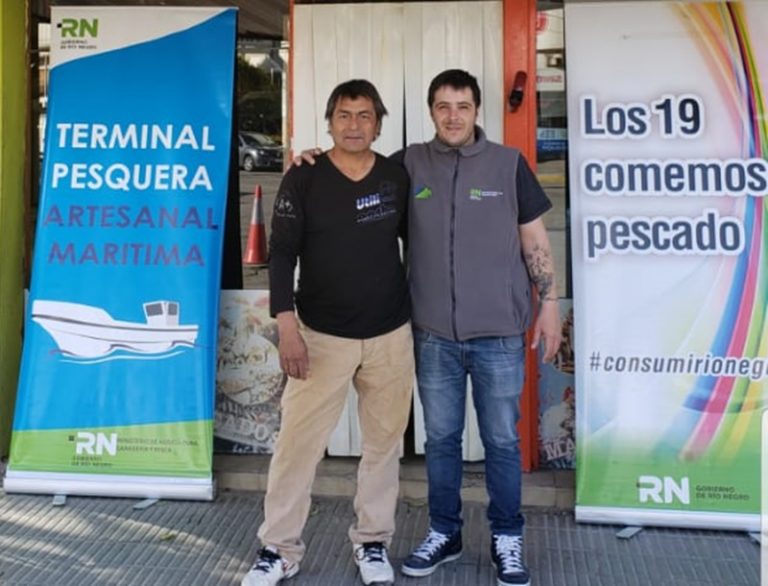

PERCEBES (KG) 96.00 € Goose Barnacles (kg)ĪLMEJAS A LA MARINERA 15.00 € Clams in a seamanlike way Mariscos / Sea Food (prices are indicative):ĬAMARONES (KG) 120.00 € Small shrimps (kg) Speak to Ricardo - who is the manager / owner for takeaway This seafood focused restaurant offers good value and take away paella that you can enjoy on the terrace. Then they are mainly used to make Andean soups and stews, or you can just cook them and eat them with corn and cheese.Conveniently located in the building right underneath the flat (in the next building along). To consume it, you need to rehydrate the dried potatoes by soaking them in water. To make white chuño, on the other hand, potatoes are soaked in the icy cold water of rivers and streams for several days, and then sun-dried.Ĭhuño has an extremely long shelf life (it lasts for several years), and it has been part of the Andean diet for centuries. This process is repeated many times until the potato is completely dehydrated. In the morning, they thaw under the sun, and then they are crushed to extract their liquid, and frozen all over again at night. The latter is made with bitter potatoes, which are left to freeze overnight in the open air.

In the market, you can find white and black chuño. 2- It is a freeze-dried potato whith a long shelf life, and can be used in several stew and soup recipes. This word, however, refers to two different things in Peru: 1- It is a potato starch used as a thickener in several sauces, cakes, and desserts. Chuño is made with regular potatoes which are dried in the heights of the Andes. The name of this unique ingredient comes from the Quechua ch´uñu, which literally means freeze-dried potato. Thanks to Cesar Moncloa Guardia for the beautiful photo.


 0 kommentar(er)
0 kommentar(er)
